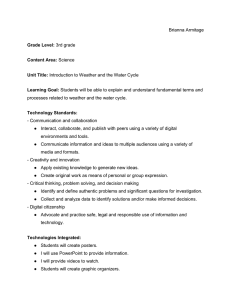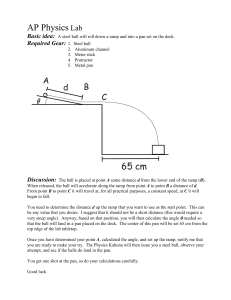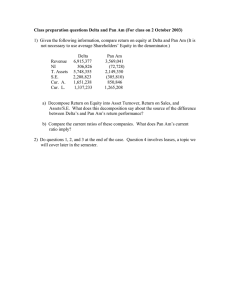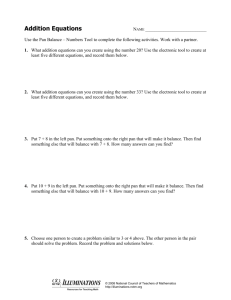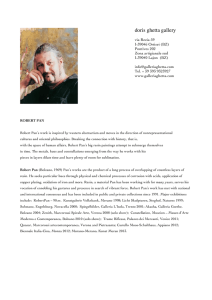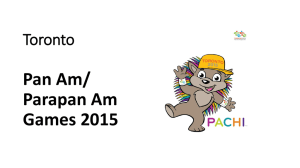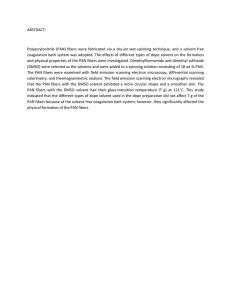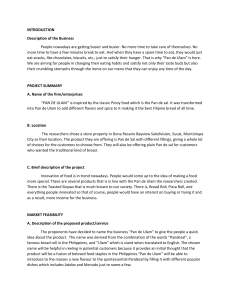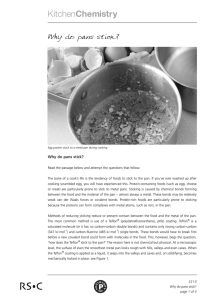Problem Sheet 1
advertisement
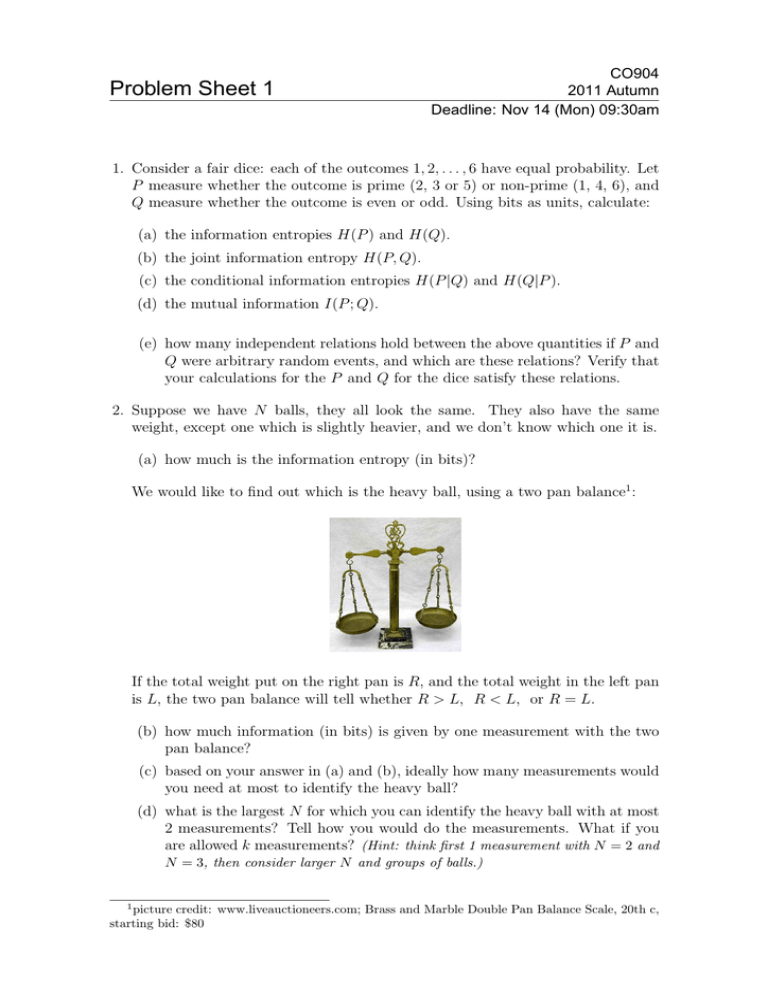
Problem Sheet 1 CO904 2011 Autumn Deadline: Nov 14 (Mon) 09:30am 1. Consider a fair dice: each of the outcomes 1, 2, . . . , 6 have equal probability. Let P measure whether the outcome is prime (2, 3 or 5) or non-prime (1, 4, 6), and Q measure whether the outcome is even or odd. Using bits as units, calculate: (a) the information entropies H(P ) and H(Q). (b) the joint information entropy H(P, Q). (c) the conditional information entropies H(P |Q) and H(Q|P ). (d) the mutual information I(P ; Q). (e) how many independent relations hold between the above quantities if P and Q were arbitrary random events, and which are these relations? Verify that your calculations for the P and Q for the dice satisfy these relations. 2. Suppose we have N balls, they all look the same. They also have the same weight, except one which is slightly heavier, and we don’t know which one it is. (a) how much is the information entropy (in bits)? We would like to find out which is the heavy ball, using a two pan balance1 : If the total weight put on the right pan is R, and the total weight in the left pan is L, the two pan balance will tell whether R > L, R < L, or R = L. (b) how much information (in bits) is given by one measurement with the two pan balance? (c) based on your answer in (a) and (b), ideally how many measurements would you need at most to identify the heavy ball? (d) what is the largest N for which you can identify the heavy ball with at most 2 measurements? Tell how you would do the measurements. What if you are allowed k measurements? (Hint: think first 1 measurement with N = 2 and N = 3, then consider larger N and groups of balls.) 1 picture credit: www.liveauctioneers.com; Brass and Marble Double Pan Balance Scale, 20th c, starting bid: $80
